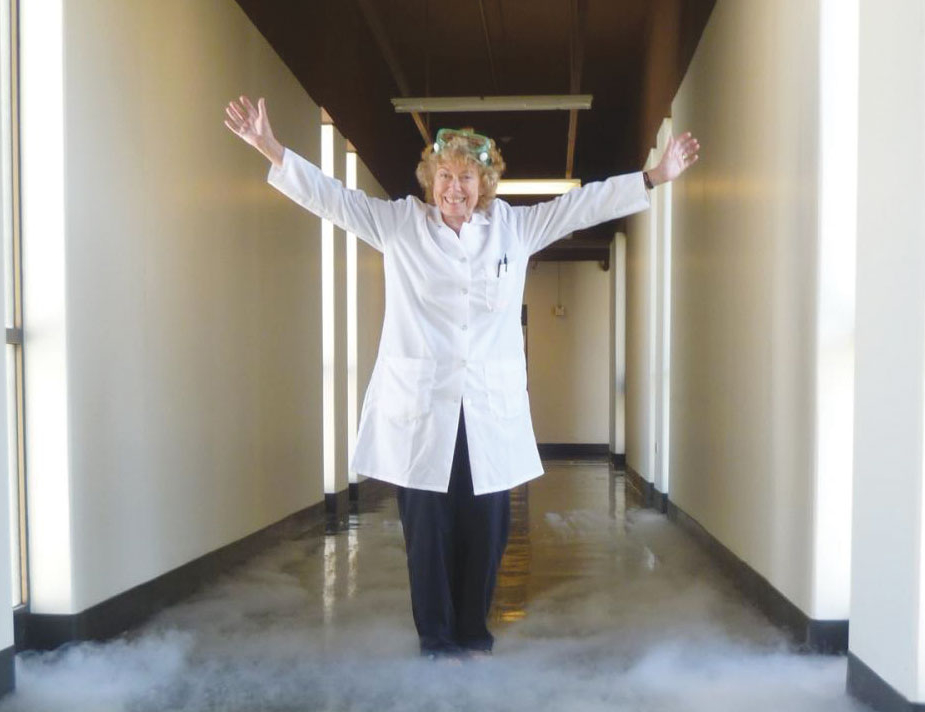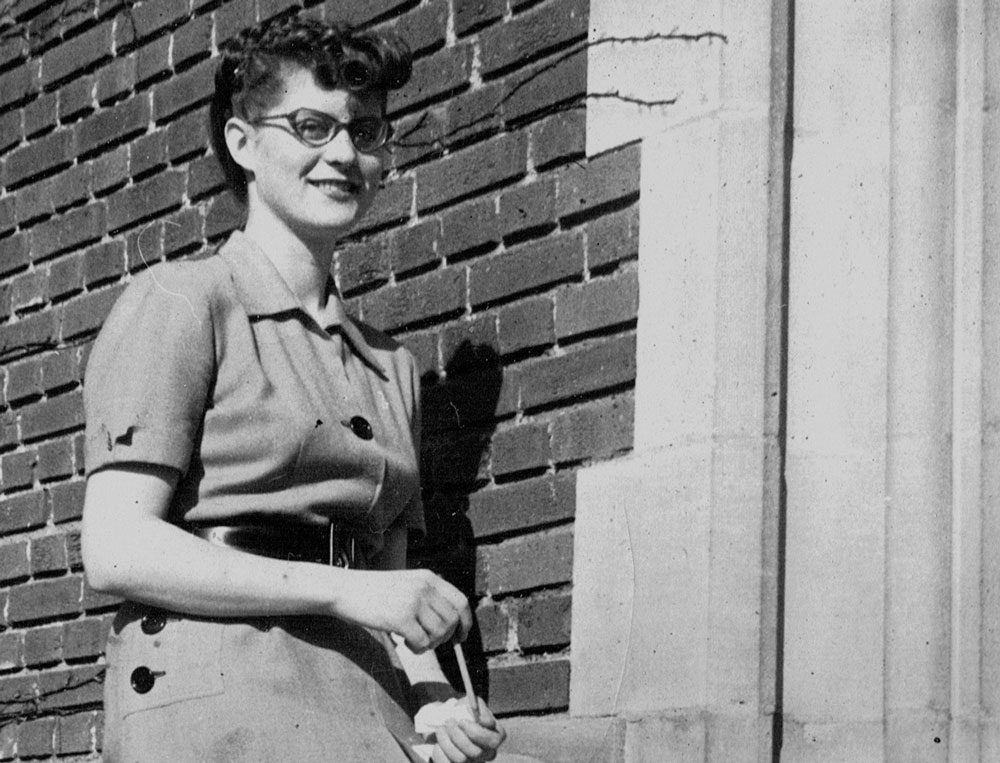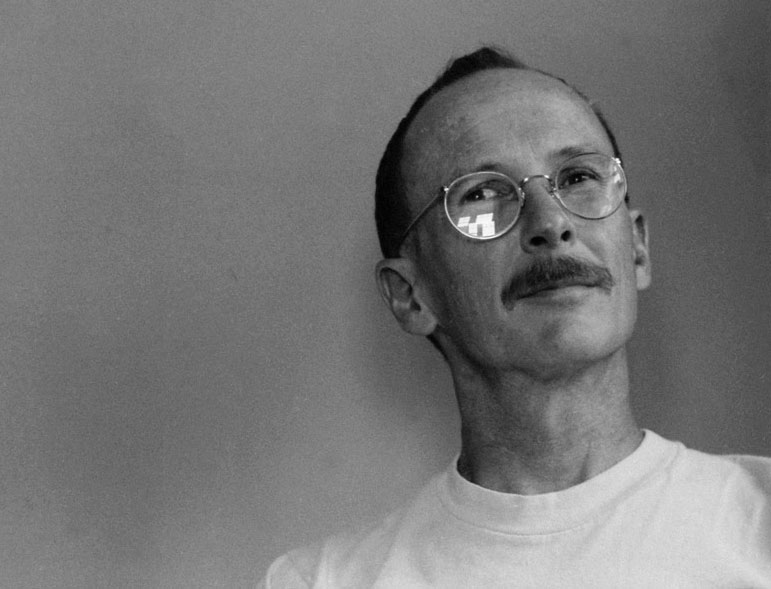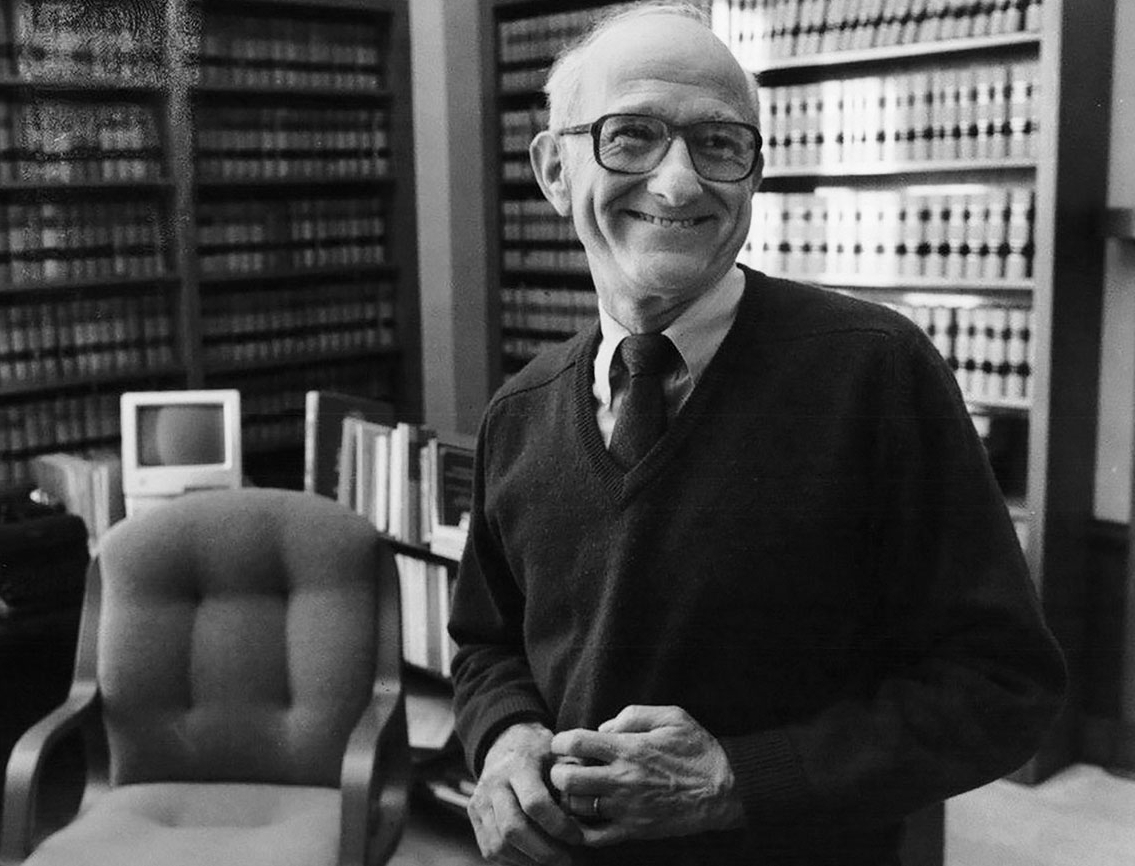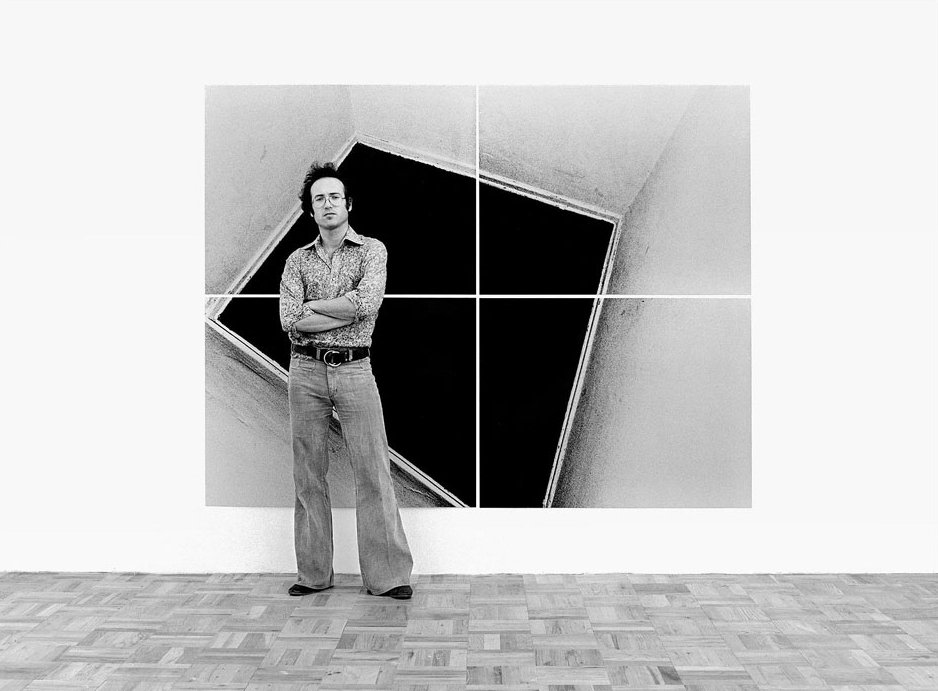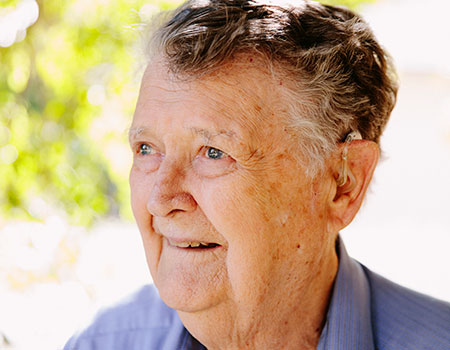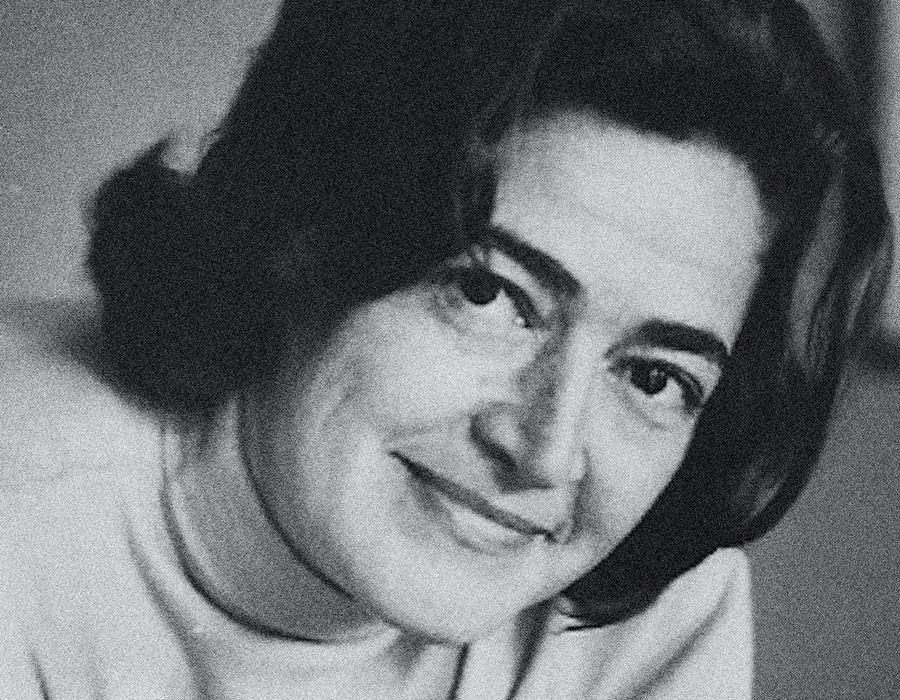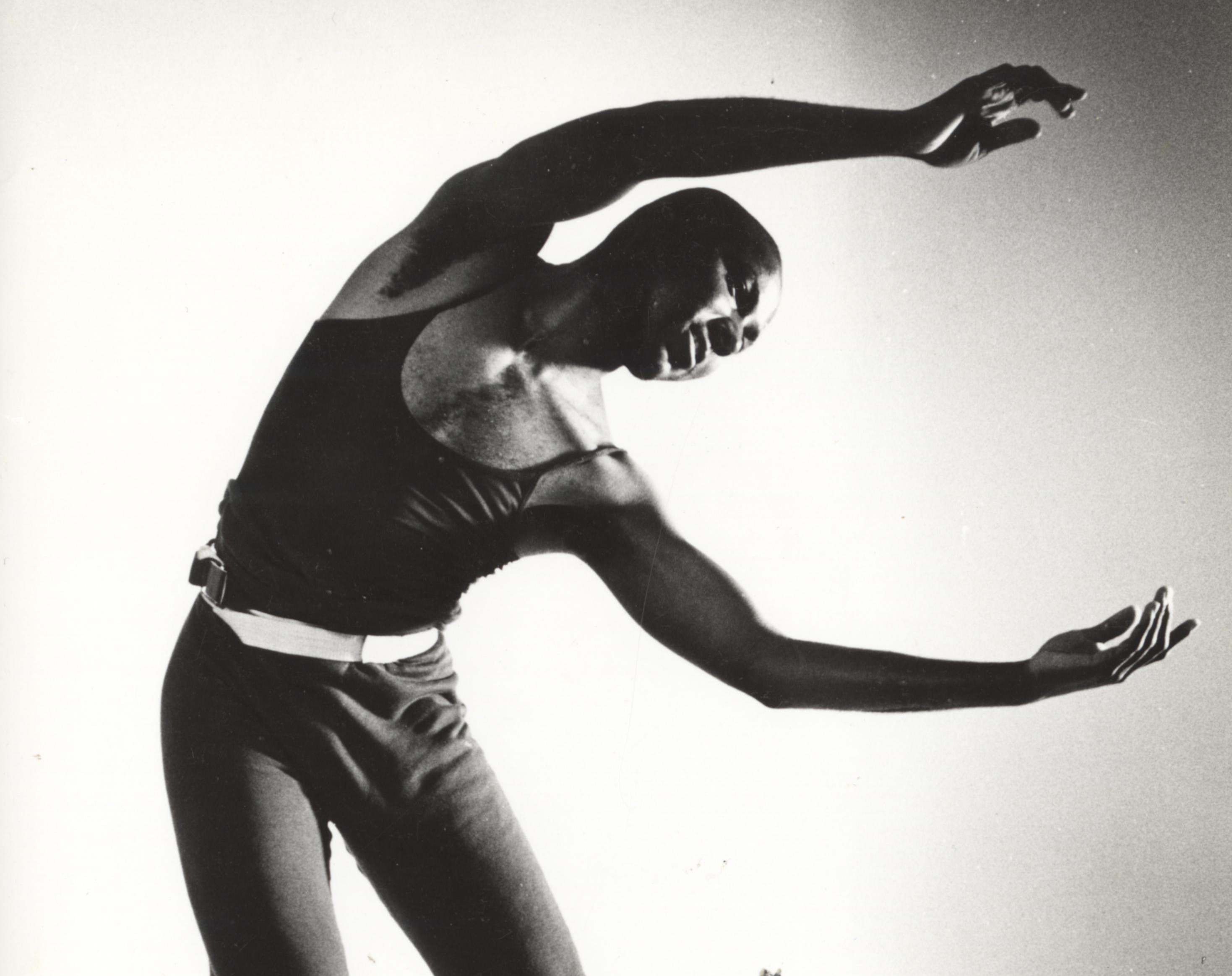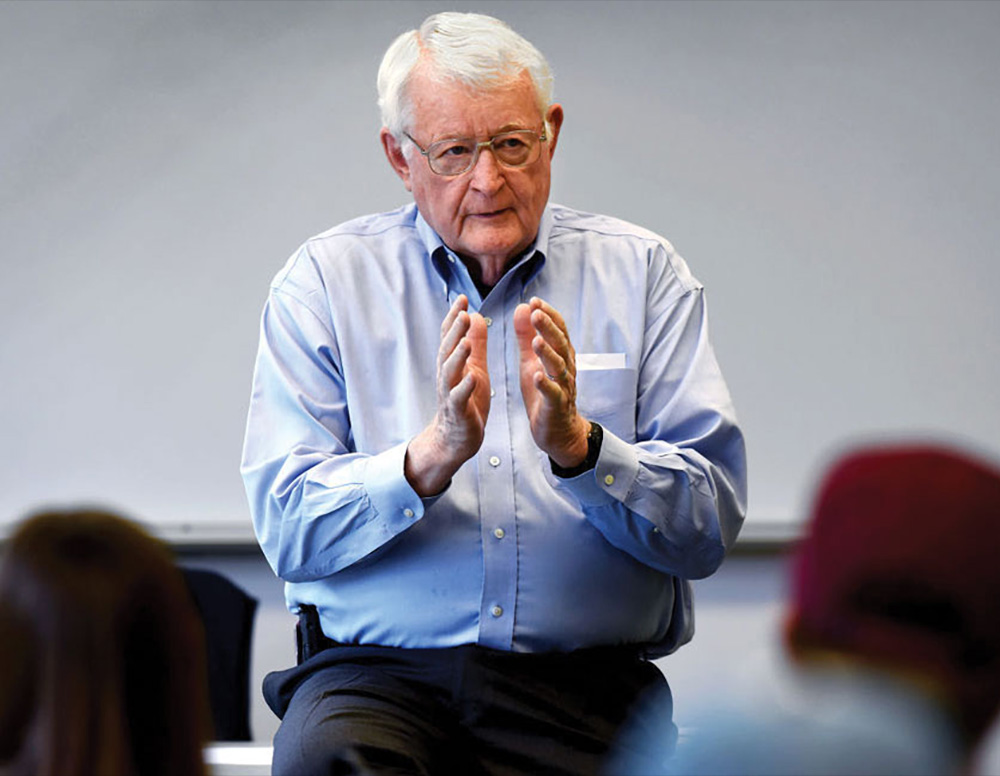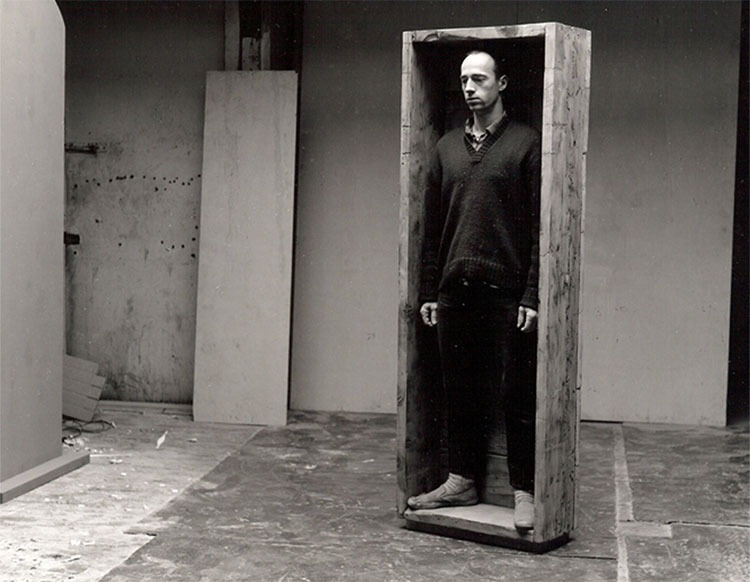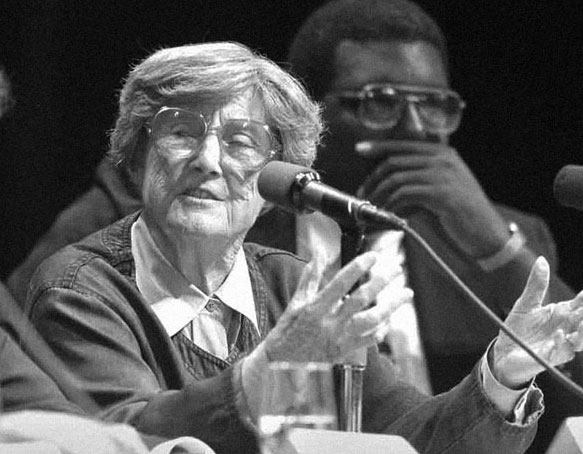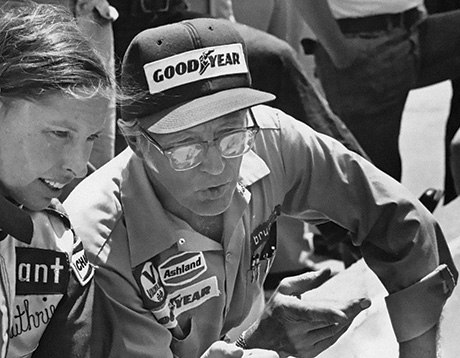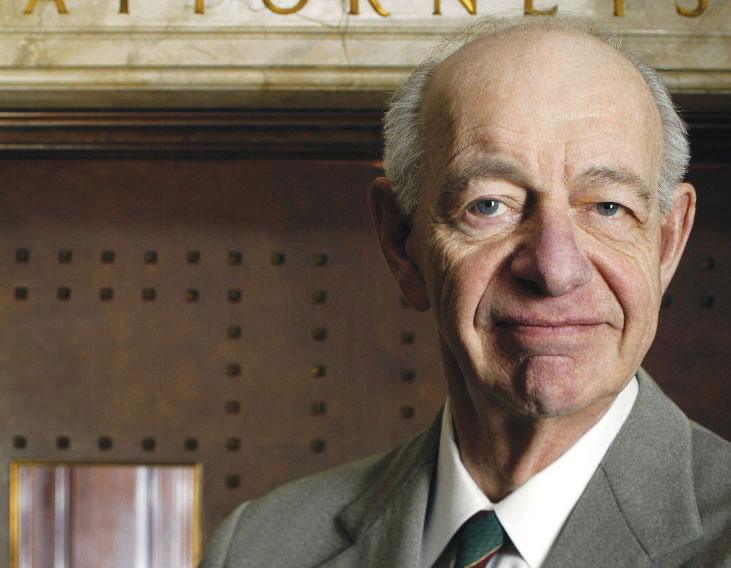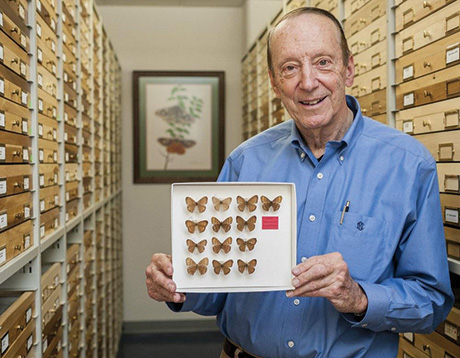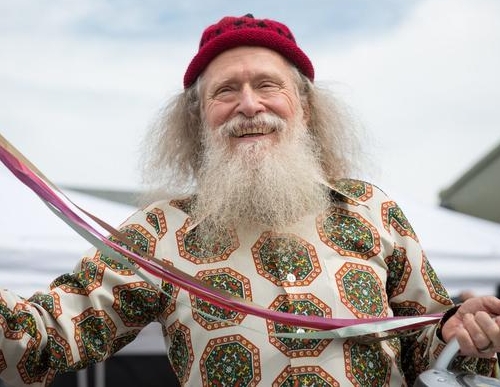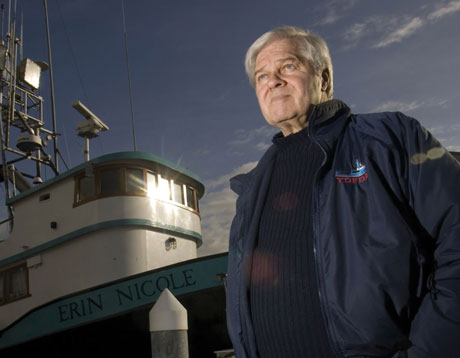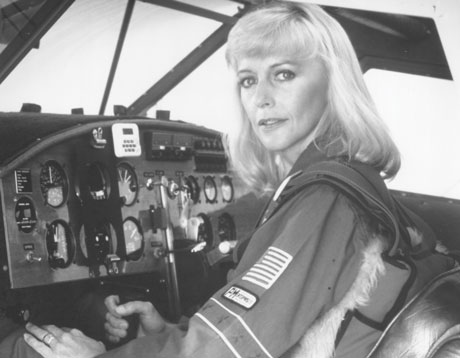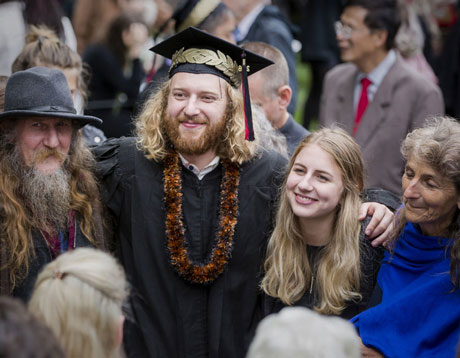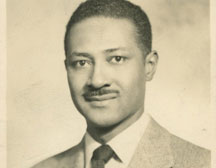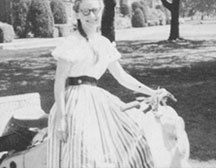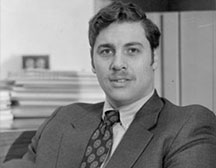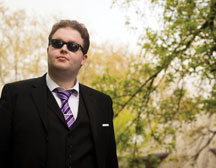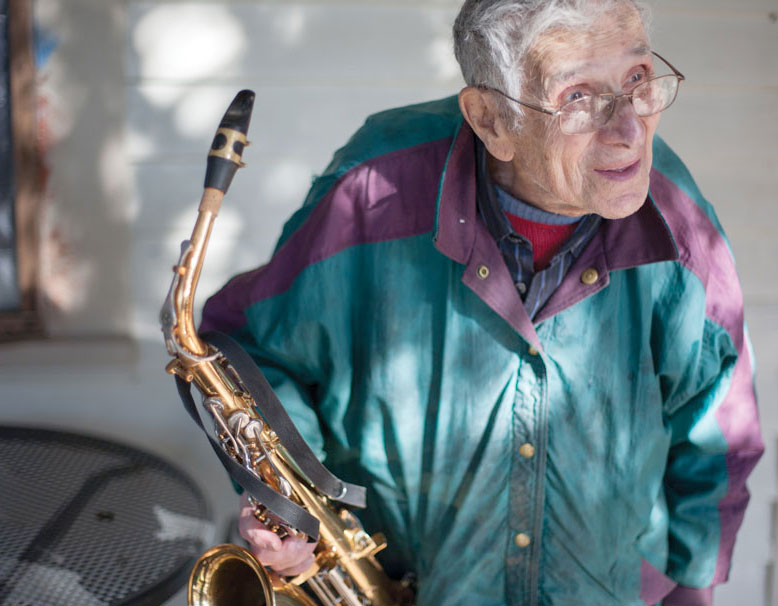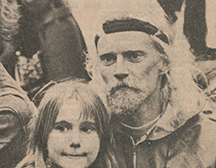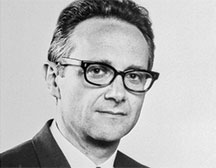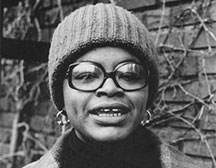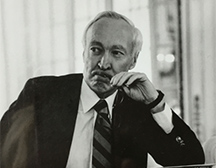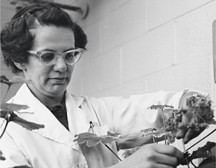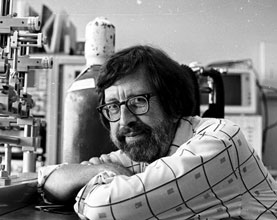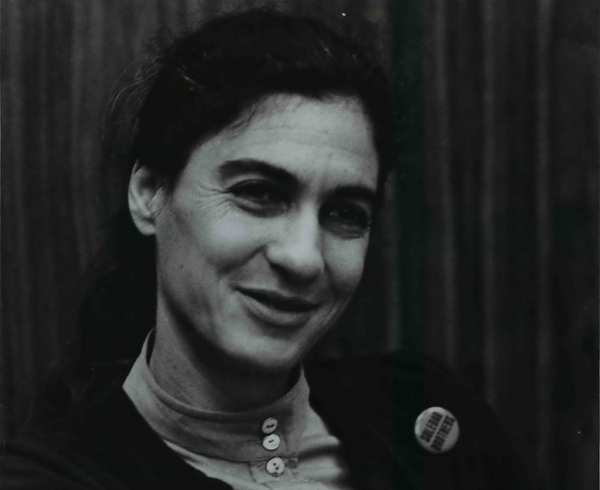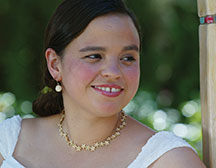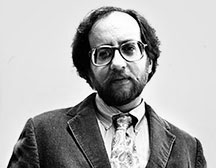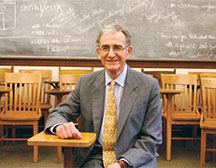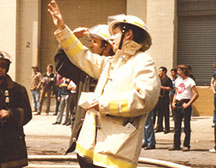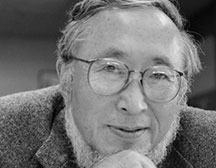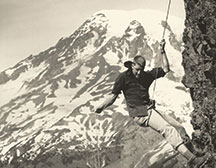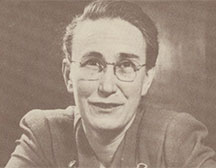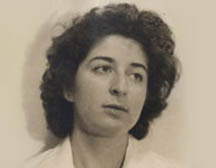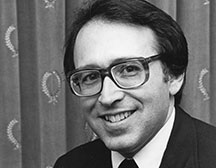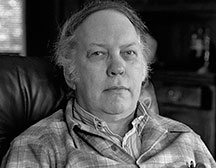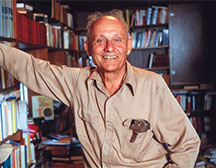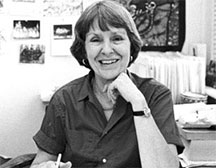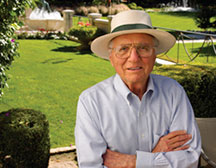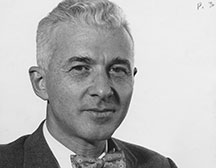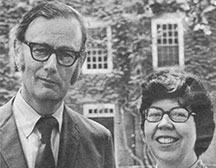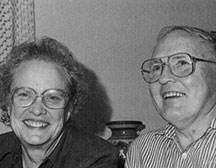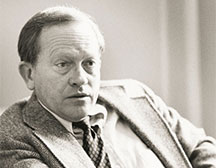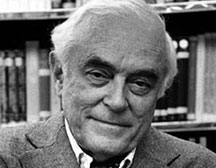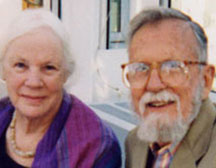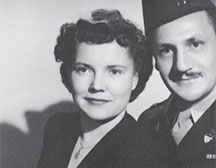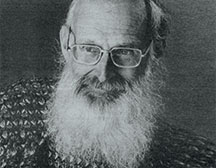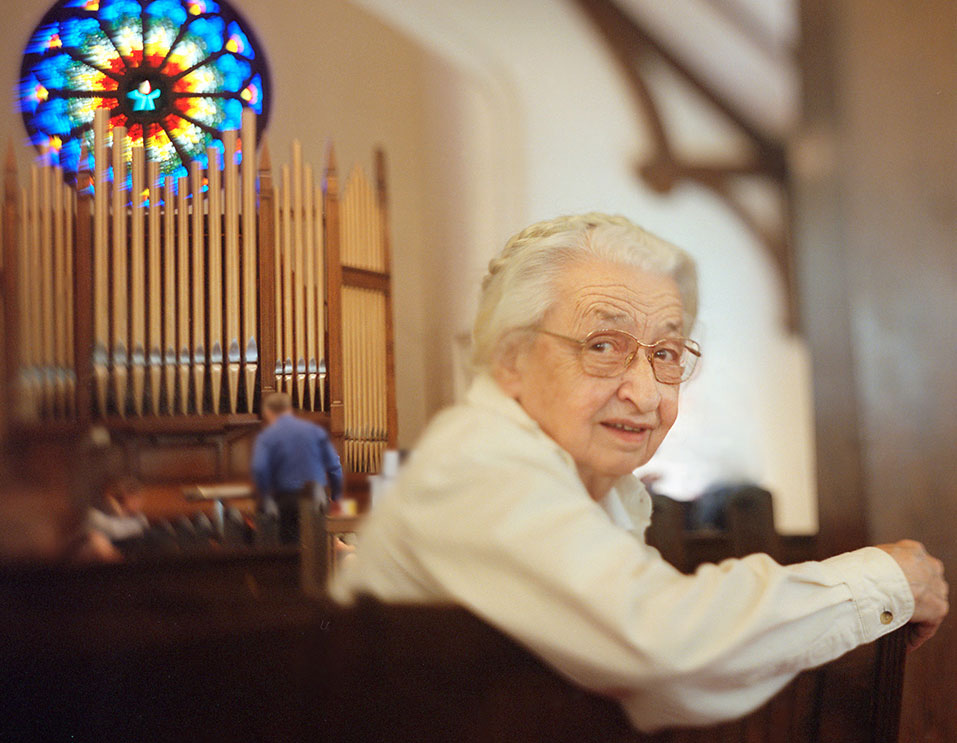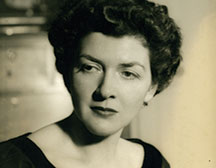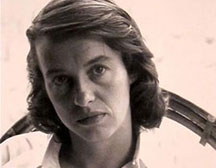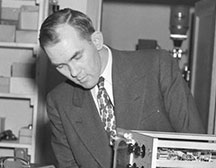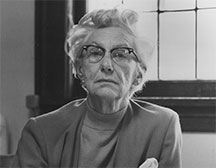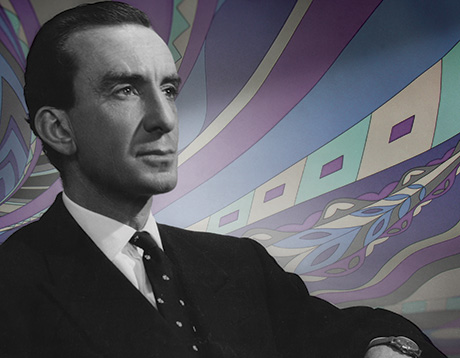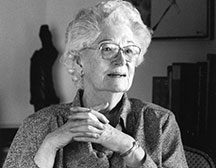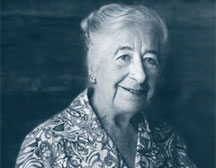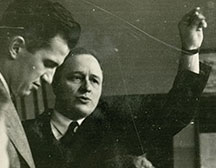AIDS Researcher, Gay-Rights Pioneer
Bruce Voeller ’56
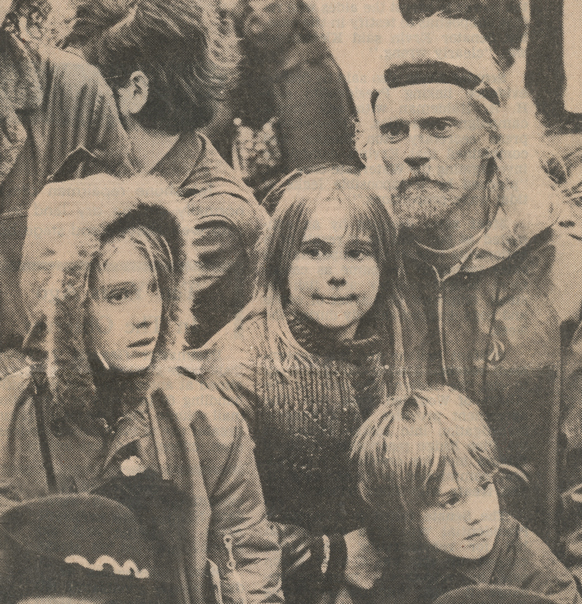
Bruce and his children Photo by Bettye Lane
Biochemist and gay-rights activist Bruce Voeller ’56 was a pioneer of AIDS research. In addition to being one of the first scientists to study the disease, he also named it—and died from it.
He grew up in the backwoods community of Roseburg, Oregon. “Bruce was a youth to make any parent proud,” read a 1973 story in the National Observer. “When he graduated from high school, second in his class, he was an accomplished pianist, skier, swimmer, and horseman. His chiseled Nordic features and blond hair had turned many a girl’s head.”
In all likelihood, he turned the heads of a few boys, as well. But in those days, the only visible queers in Roseburg (1950 population 8,390) were two transvestites. By the time he was in high school, Bruce suspected he was gay.
“I had no desire to look or act like a woman,” he said. “I was delighted to be a boy—but I wanted to be near, and to touch, other boys.” Years later he realized there must have been other gay people in town. But he didn’t know any. At the age of 15, he took his suspicion to the family minister, who had a fit. “That’s outrageous,” the minister replied. “You’re a top student. Your family is well known in town. Put it out of your head.”
But the idea had begun to percolate. Bruce’s same-sex attraction inspired his interest in biology. At Reed, wrote his thesis on variation in Mimulus whitneyi, a species of monkeyflower that grows in bare and disturbed habitat, with his adviser, Prof. Helen Stafford [biology 1954–87].
After graduating Phi Beta Kappa from Reed, he won a five-year fellowship to the Rockefeller Institute (now University) to complete his doctoral studies in biochemistry, developmental biology, and genetics. He became a research associate at Rockefeller in 1961, an assistant professor two years later, and an associate professor in 1966. During his tenure as associate professor, he wrote four books including Basic Biology (1970), with Alfred M. Elliott, and Three Centuries of Botany in North America (1967), with Paul F. Cranefield.
He married Kytja Scott Voeller ’53, who was from a prominent Portland family, and the couple had three children. In 1964, Bruce announced that he was gay, having vowed to do so before his 30th birthday, in order to be true to himself and others. Kytja later filed for divorce. The resulting child-custody battle ended up in the Supreme Court and became a test case for child-visitation rights of gay parents.
During the 1972 presidential campaign, Bruce took part in occupying George McGovern’s New York campaign office to protest the senator’s opposition to gay rights. Prior to being arrested, he outlined a six-point statement. In responding to the demands, the 1972 Democratic National Convention adopted a platform statement that said: “Americans should be free to make their own choice of lifestyles and private habits without being subject to discrimination or prosecution.” He went on to become president of the New York Gay Activist Alliance and a year later, founded the National Gay Task Force (now the National LGBTQ Task Force), the first gay rights group to meet at the White House to discuss policy related to gay and lesbian Americans. He was a frequent witness before Congress on homosexuality and the gay rights movement.
Bruce had become something of a poster child for the emergent gay liberation movement. The National Observer noted:
Today not many Roseburg folks would recognize their Bruce… His six-foot frame is still lean, but his flaxen hair is almost shoulder-length, his Nordic chin is bewhiskered, and a small gold ring ornaments each ear. He looks like a hip descendant of Eric the Red.
A gay Viking with a PhD is by no means the typical new homosexual. But Voeller does exemplify a little-noticed trend; the gradual emergence of middle-class citizens risking reputation, livelihood, family relationships, and even some rights of citizenship by openly declaring their homosexuality.
“In hindsight,” he remarked, “if I had had the opportunity to know gay people who were open and frank—like those I’ve known in the movement—it would have changed my life fantastically.”
In 1978, with Karen DeCrow of the National Organization of Women and Aryeh Neier of the American Civil Liberties Union, he founded the Mariposa Education & Research Foundation to study human sexuality and sexually transmitted diseases. Volunteers for the organization preserved important historical resources of the gay rights movement, which have become an archive on human sexuality at the Cornell University Library. Supported largely by private contributions, as well as public research grants, one of Mariposa’s first projects was to commission a sculpture to commemorate the 10th anniversary of the Stonewall riots—considered a seminal event leading to the fight for LGBT rights in America. The sculpture, “Gay Liberation” by George Segal, was completed in 1980, and became a lightning rod of controversy with many of the elderly residents of the neighborhood around New York City’s Christopher Street (site of the 1969 riots) objecting to the gay and lesbian theme of the piece. Some in the gay community complained that a heterosexual artist had been given the commission. The life-size bronze figures of a standing male couple and a lesbian couple seated on a park bench were not installed in Sheridan Park, near the original site of the Stonewall Inn, until 1992.
Bruce was also in the forefront of the fight against AIDS. He suggested that the pre-1980s name for the disease, GRIDD (Gay-Related Immune Deficiency Disease), was both inaccurate and stigmatizing, and proposed instead, Acquired Immune Deficiency Syndrome. His pioneering work on HIV/AIDS included research at Hunter College and Cornell University on the effectiveness of condoms and spermicides in preventing the disease. He persuaded the Centers for Disease Control to join him in testing nonoxynol-9, the chief ingredient in popular spermicides, for inactivating HIV. In 1990, he coedited edited AIDS and Sex: An Integrated Biomedical and Behavioral Approach, and wrote many papers on the subject.
On February 13, 1994, he died of AIDS-related complications at his home in Topanga, California. He was 59 and still president of the foundation he had founded in 1978. His longtime companion and associate at Mariposa Foundation, Richard Lucik, survives him as do Bruce’s two sons, Jan, and Christopher, and his daughter, Suzanne Sundheim ’84.
In 2016, Bruce was honored as an icon for LGBT History Month for his pioneering work in gay liberation and HIV research.
Appeared in Reed magazine: March 2016
comments powered by DisqusFrom the Archives: The Lives they Led
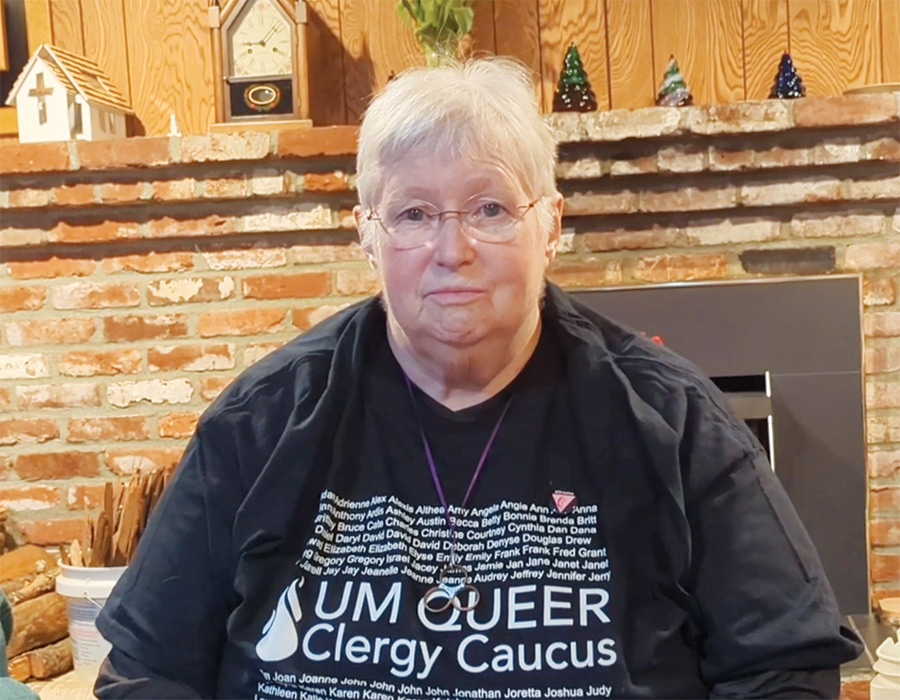
Jeanne Knepper ’69
The First Openly Gay Woman to Be Ordained and Appointed Within the Oregon-Idaho Conference of the United Methodist Church
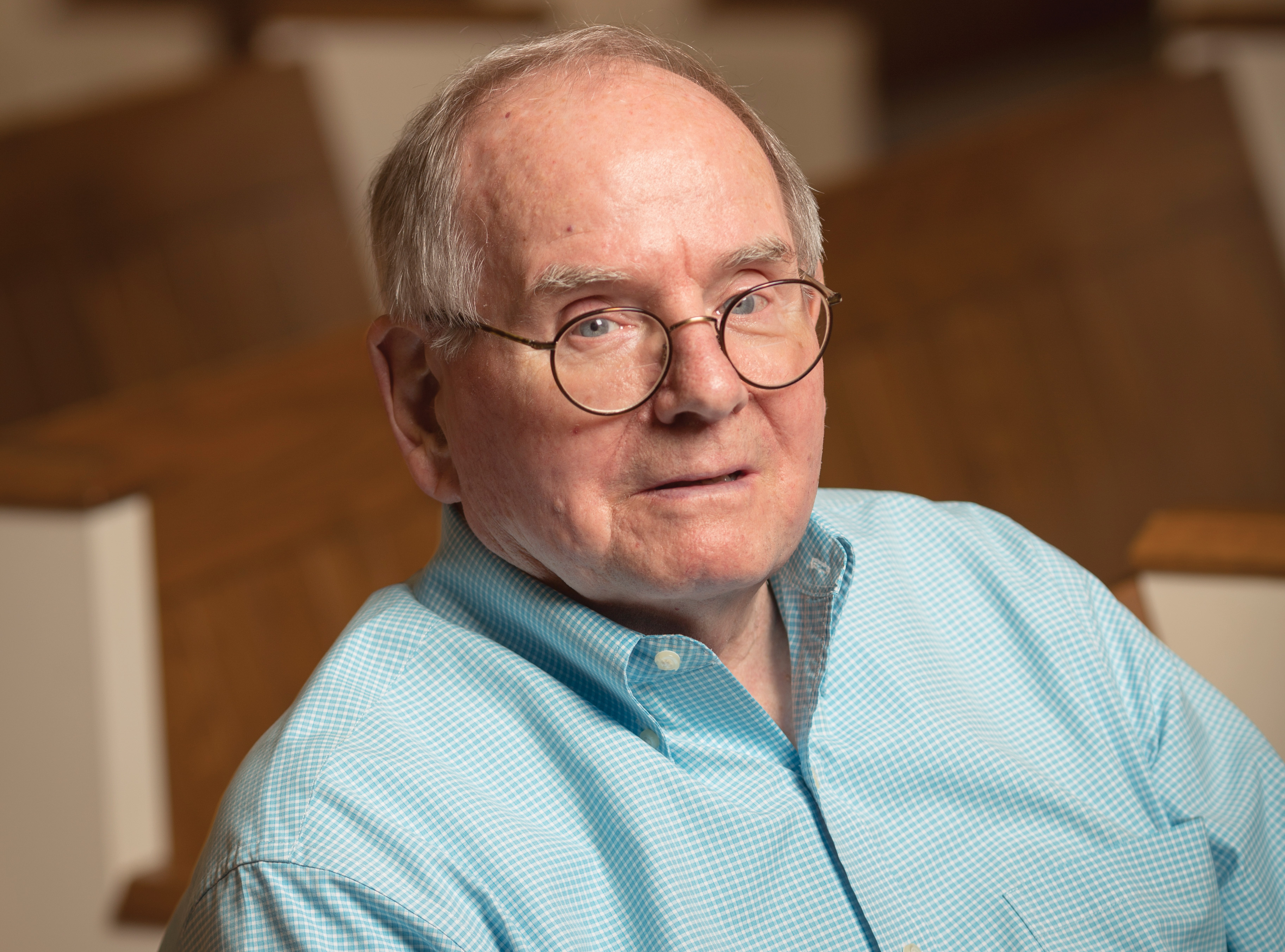
William Haden
As Acting President of Reed, He Strengthened the College's Finances and Alumni Relations
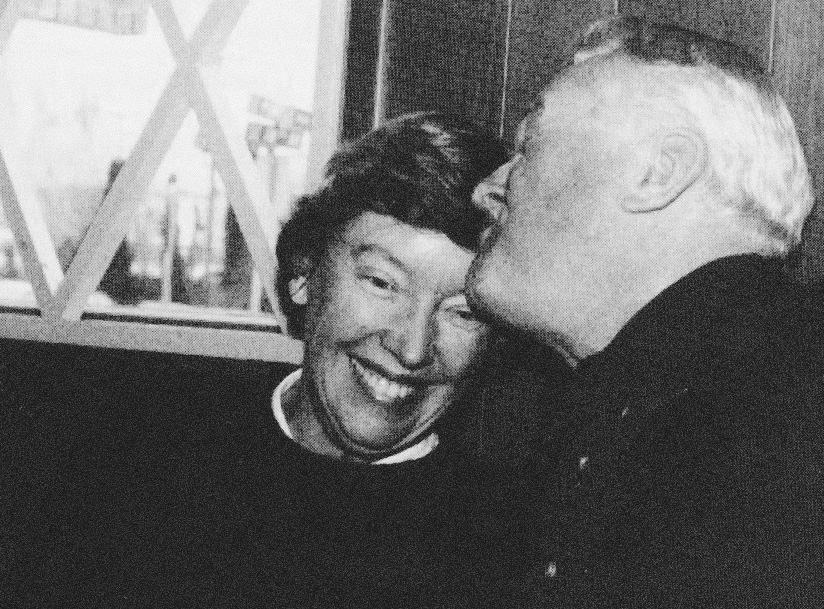
Nancy Horton Bragdon
Reed’s First Lady Whose Warmth and Leadership Were Invaluable During a Turbulent Time

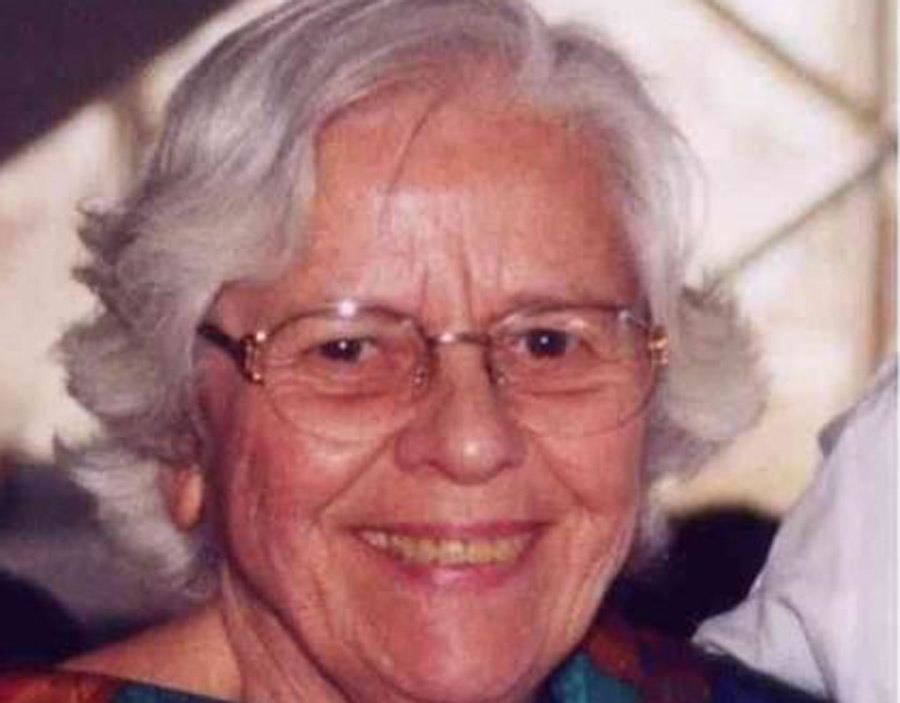
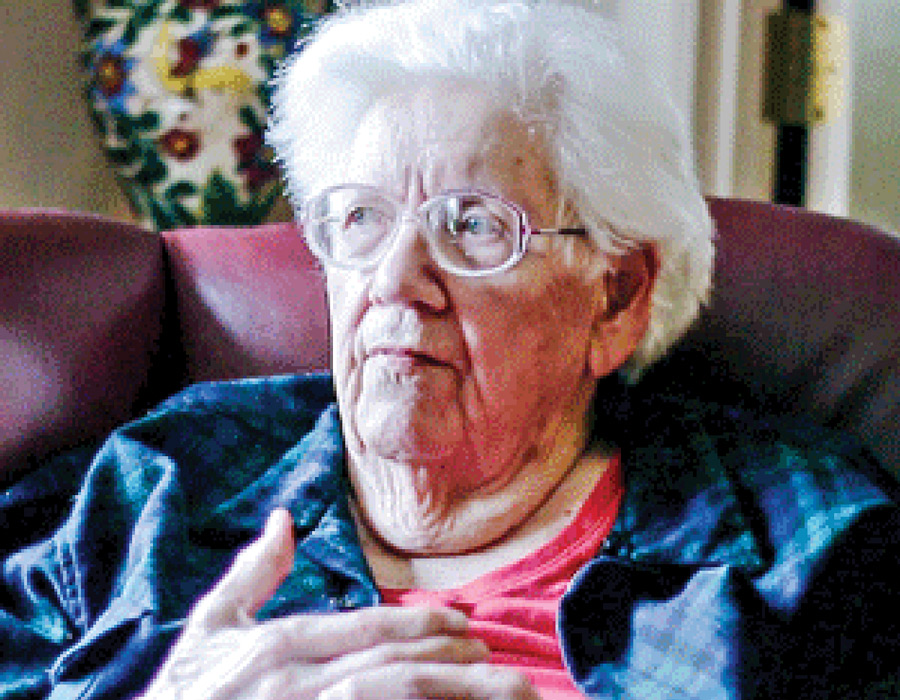
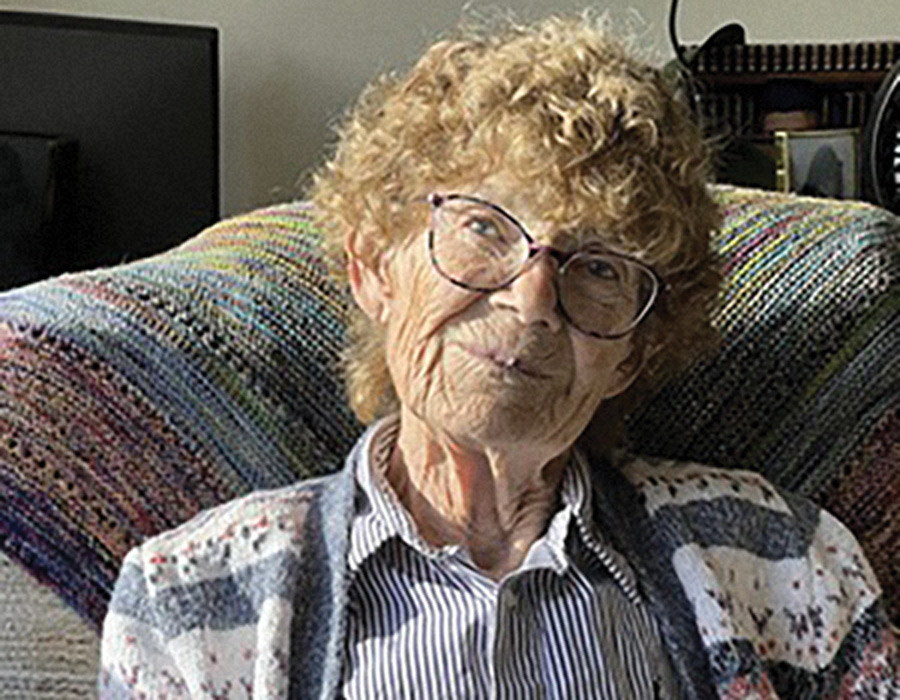
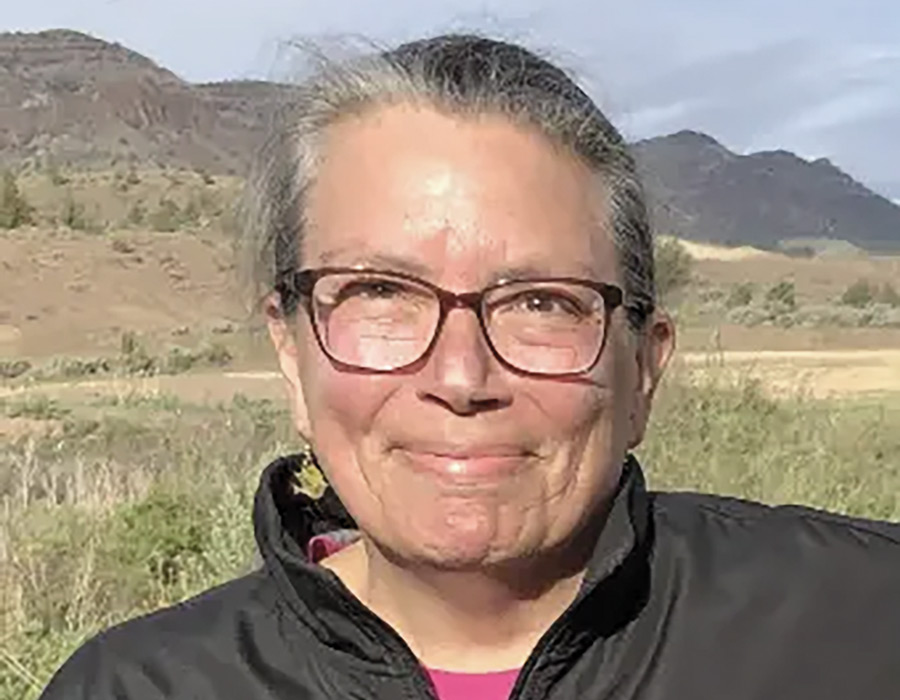
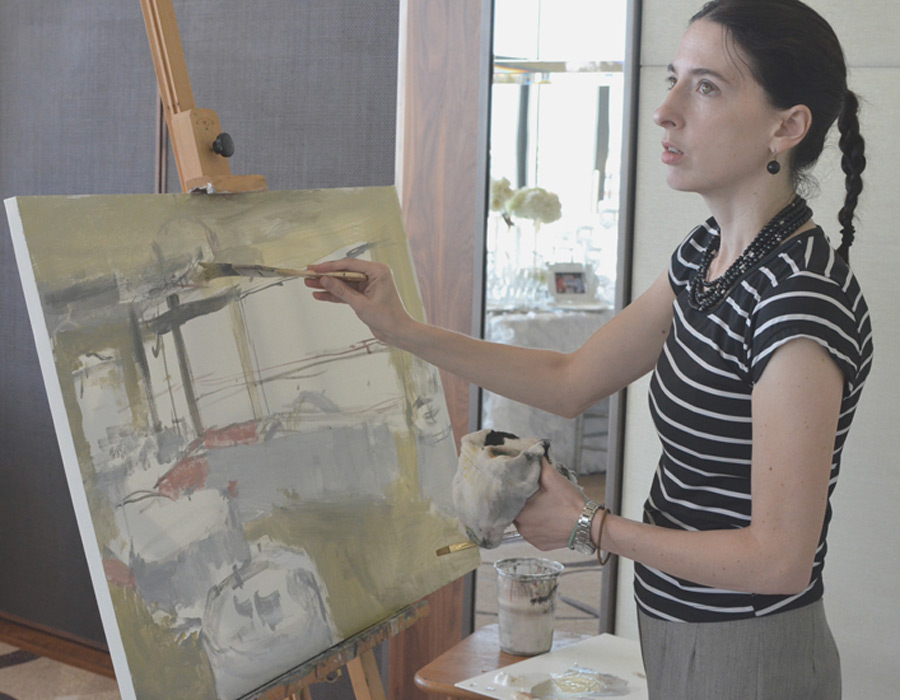
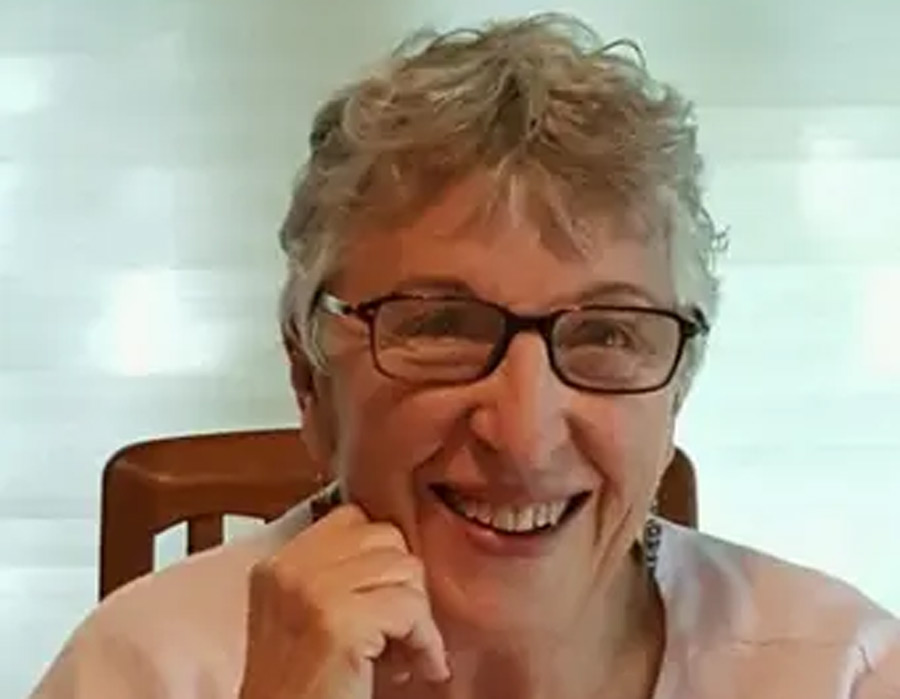
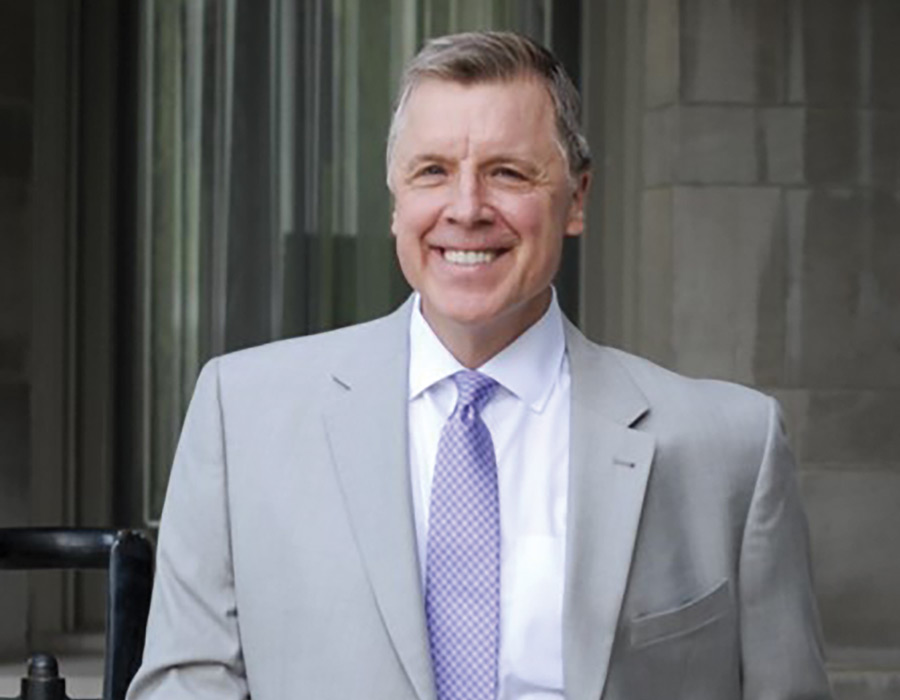
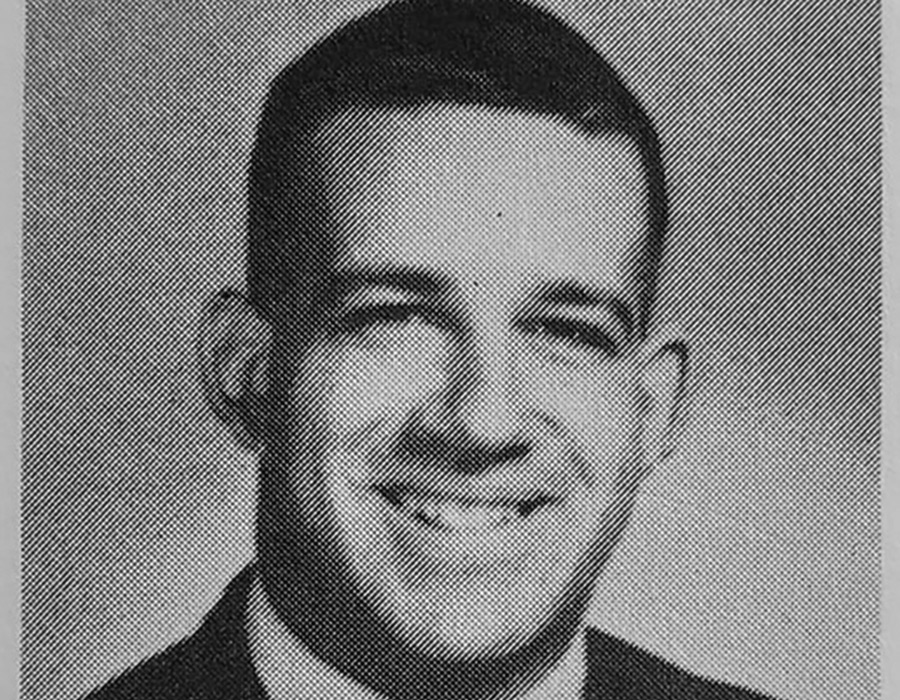
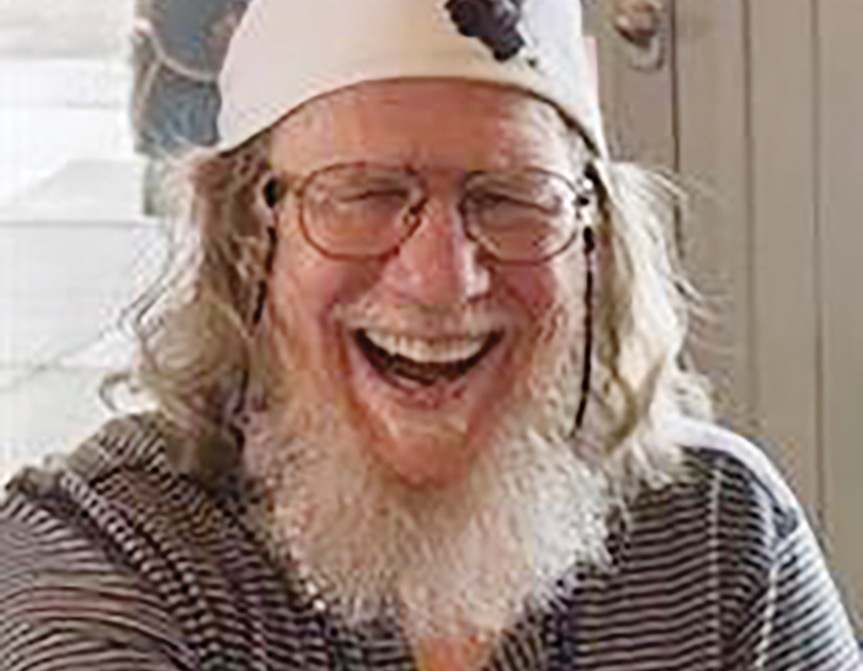
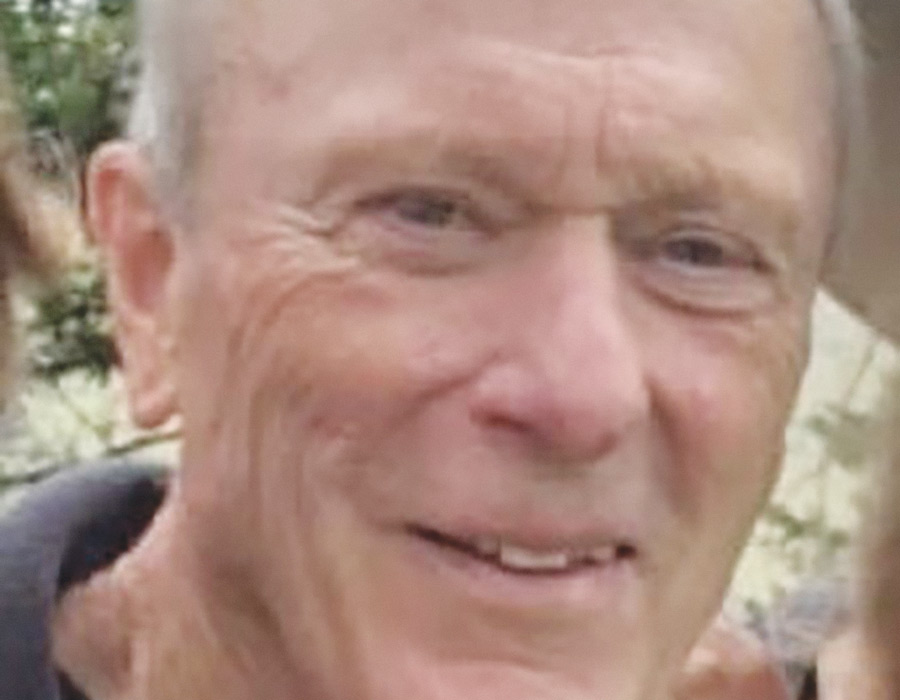
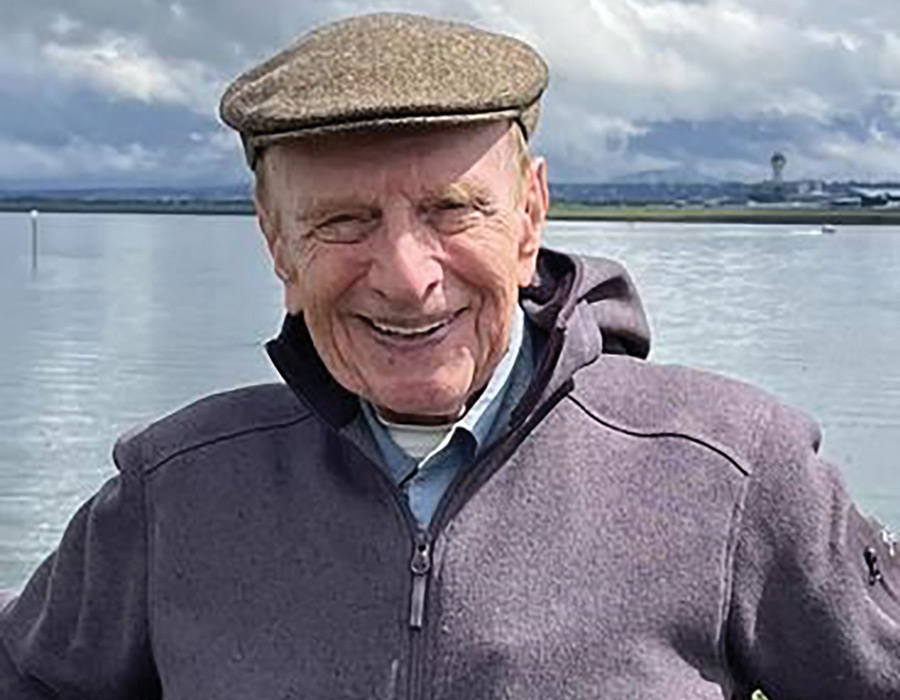
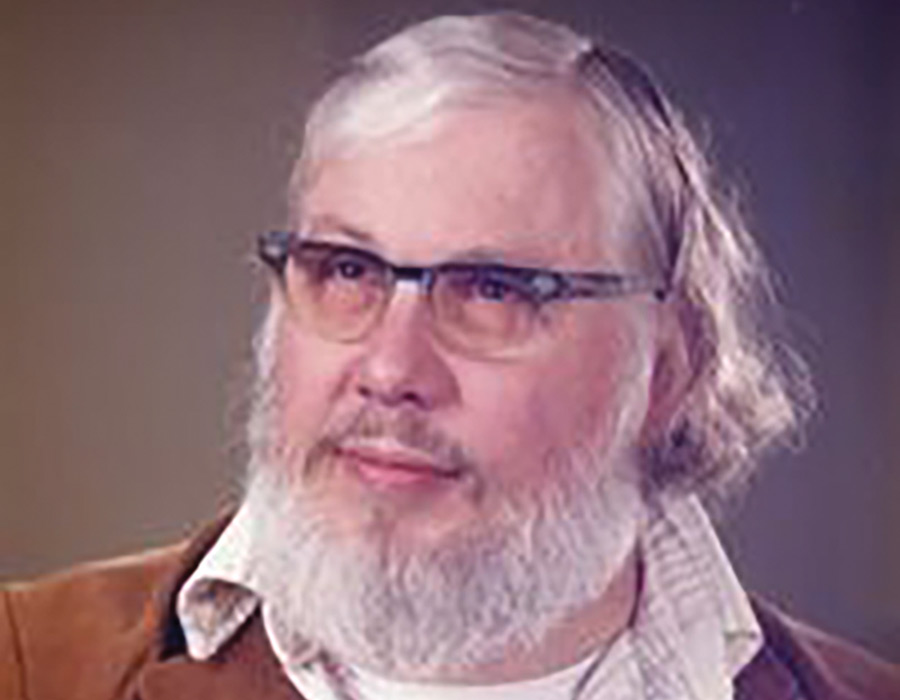
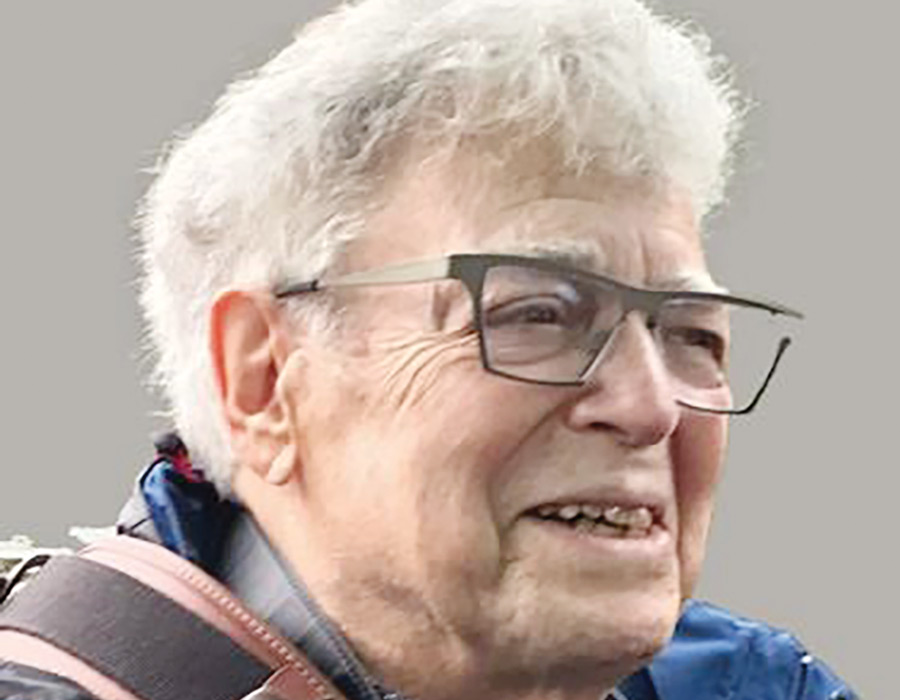
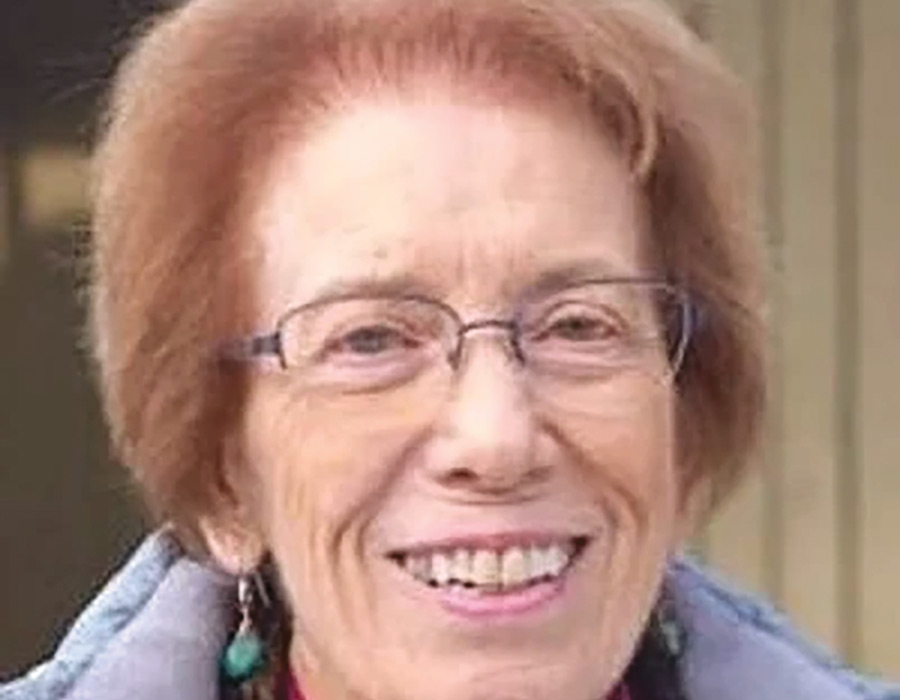
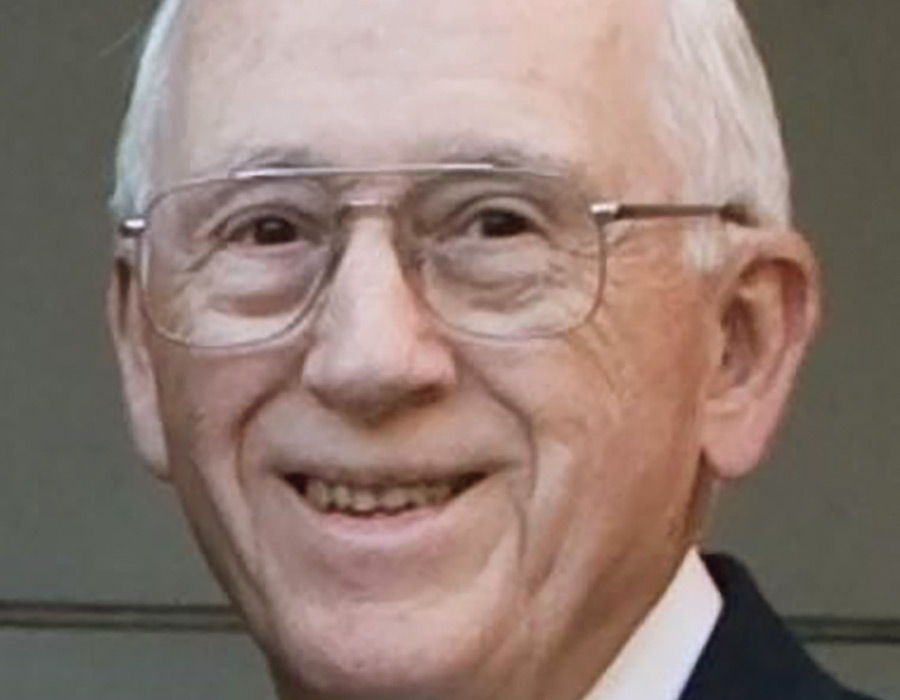
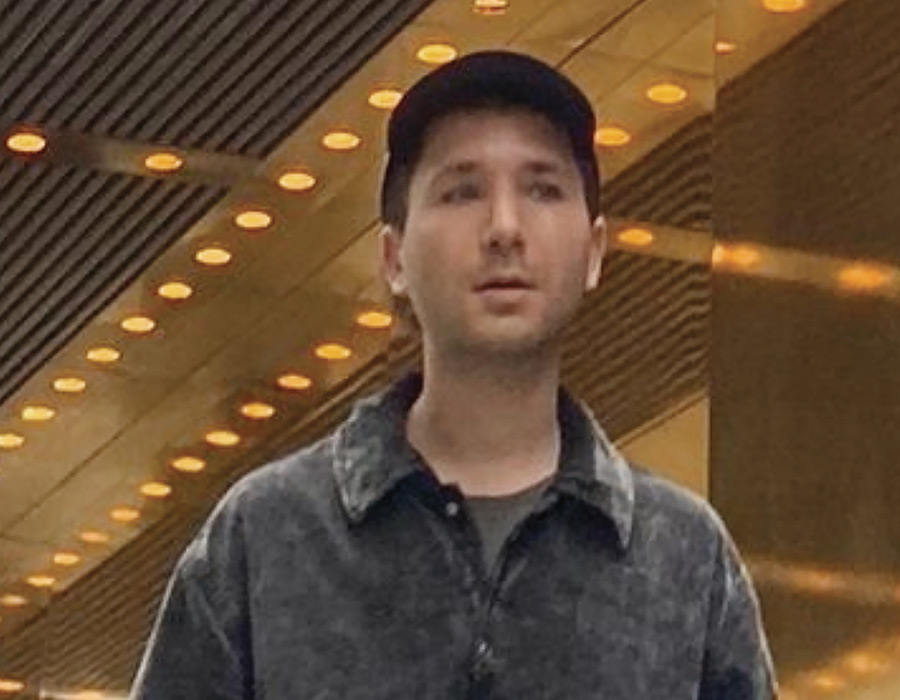
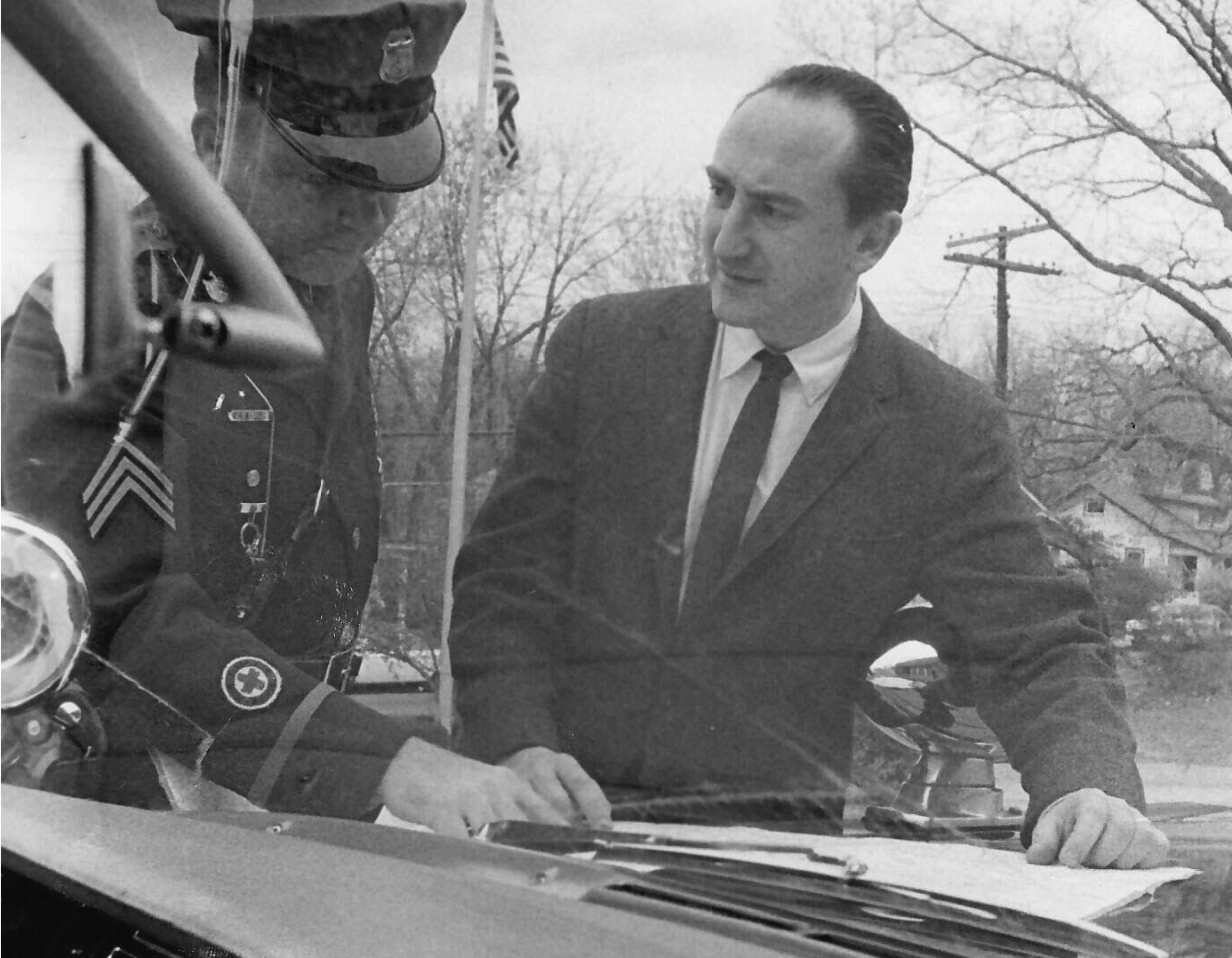
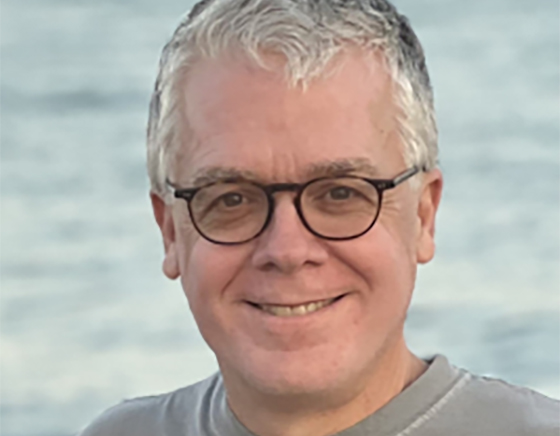
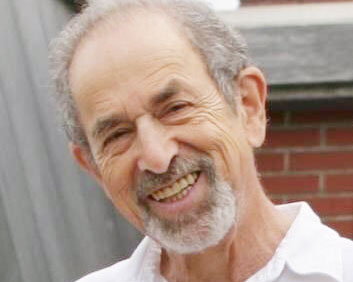
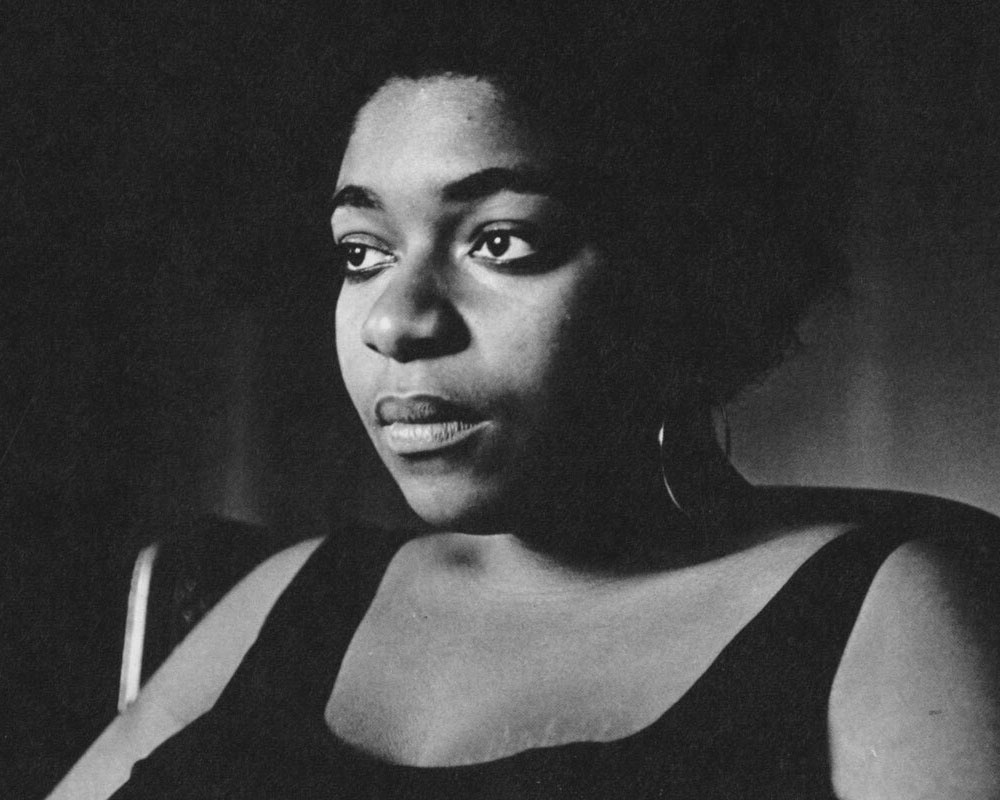
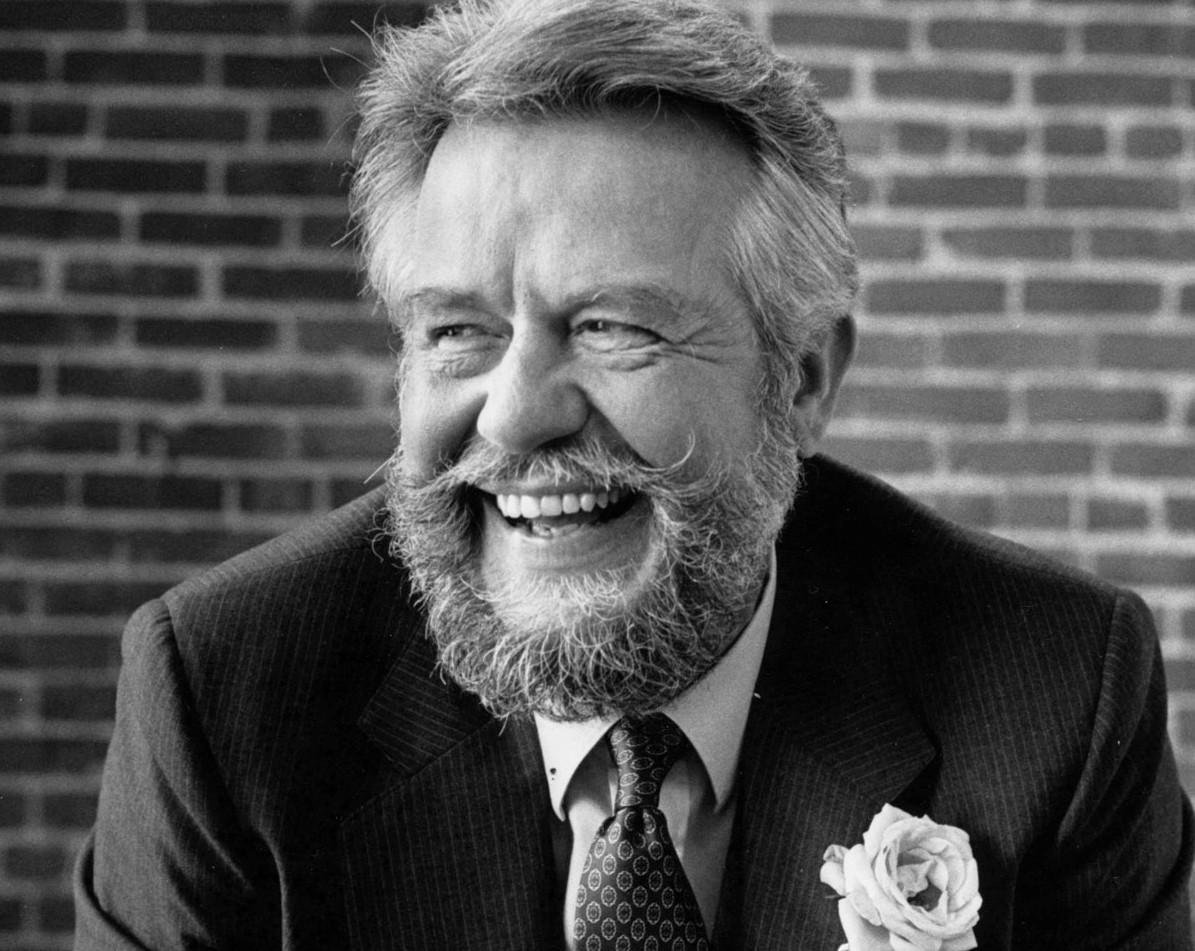
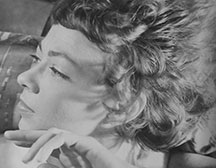
![Photo of Prof. Marvin Levich [philosophy 1953–94]](https://www.reed.edu/reed-magazine/in-memoriam/assets/images/2022/LTL-levich1.jpg)
![Photo of President Paul E. Bragdon [1971–88]](https://www.reed.edu/reed-magazine/in-memoriam/assets/images/2020/Bragdon.jpg)
![Photo of Prof. Edward Barton Segel [history 1973–2011]](https://www.reed.edu/reed-magazine/in-memoriam/assets/images/2020/Segel.jpg)
